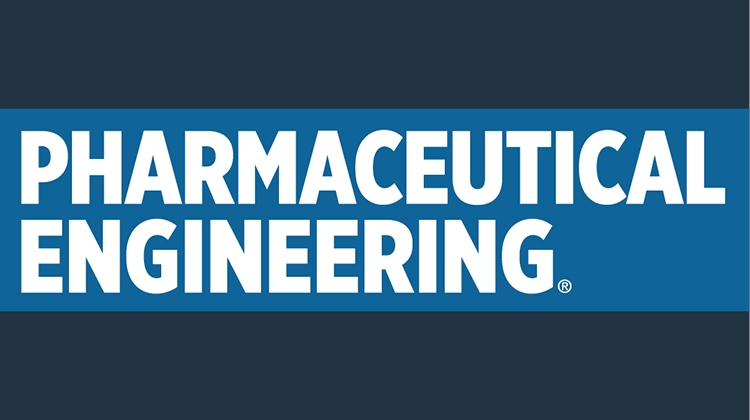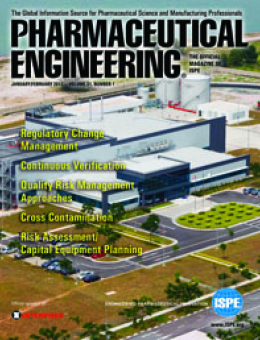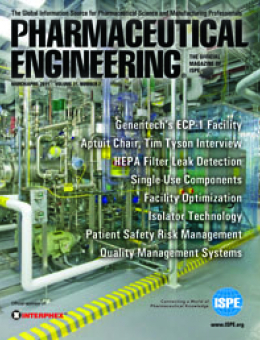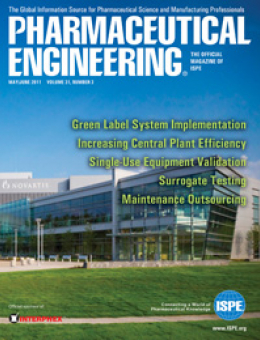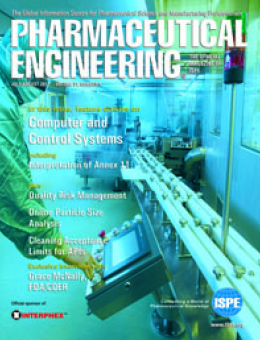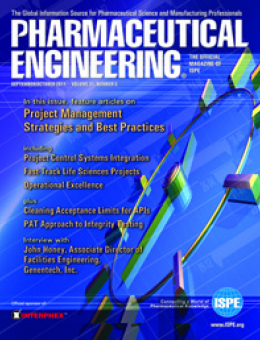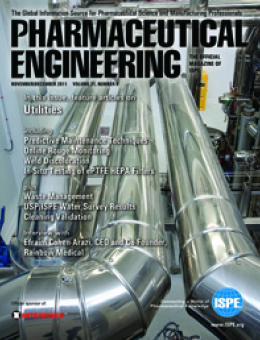Read, Learn, Innovate: What Were You Reading in Pharmaceutical Engineering® in 2011?
Featured in this edition of the Pharmaceutical Engineering® Online Reading Roundup are highlights from the magazine ten years ago in 2011. Revisit articles on single-use in biomanufacturing, contained dust collection systems, manufacturing execution systems, and more.
